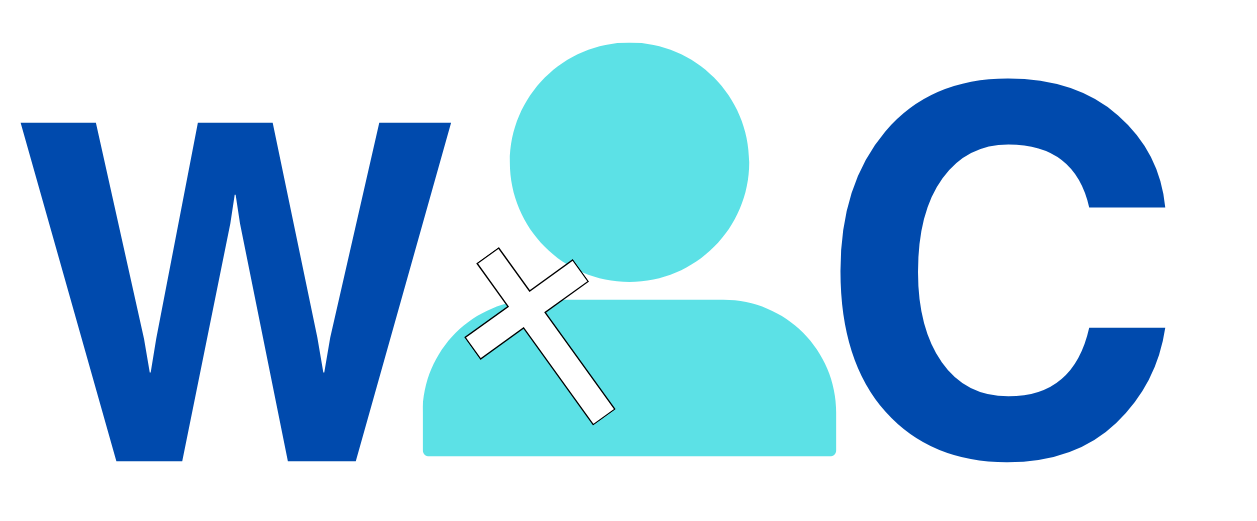The IDEA -
Special Education for Children with Disabilities
What is The IDEA?
The IDEA, also known as the Individuals with Disabilities Education Act, is a law that guarantees children with disabilities across the nation access to a free, suitable public education. It also ensures specialized education and related services for these children.
There are 13 disability categories under the IDEA. To qualify for the program, the child needs to meet at least one of those categories. The law applies to children from age 3-21.
Learn how to find out if a child is eligible for special education. When kids are found eligible, the next step will be to create an Individualized Education Program (IEP). For kids who are in preschool or younger, you may want to learn about early intervention.
Learn more about the IDEA: https://sites.ed.gov/idea/about-idea
IDEA History & Summary
The 13 disability categories under IDEA
See if your child is eligible and find resources
Specific learning disability (SLD)
The “specific learning disability” (SLD) category covers a specific group of learning challenges. These conditions affect a child’s ability to read, write, listen, speak, reason, or do math.
Other Health Impairment
The “other health impairment” category covers conditions that limit a child’s strength, energy, or alertness. One example is ADHD, which impacts attention and executive function.
Autism spectrum disorder (ASD)
ASD is a developmental disability. It involves a wide range of symptoms, but it mainly affects a child’s social and communication skills. It can also impact behavior.
Emotional Disturbance
Various mental health issues can fall under the “emotional disturbance” category. They may include anxiety disorder, schizophrenia, bipolar disorder, obsessive-compulsive disorder, and depression. (Some of these may also be covered under “other health impairment.”)
Speech or Language Impairment
This category covers difficulties with speech or language. A common example is stuttering. Other examples are trouble pronouncing words or making sounds with the voice. It also covers language problems that make it hard for kids to understand words or express themselves.
Visual Impairment, including Blindness
A child who has eyesight problems is considered to have a visual impairment. This category includes both partial sight and blindness. If eyewear can correct a vision problem, then it doesn’t qualify.
Deafness
Kids with a diagnosis of deafness fall under this category. These are kids who can’t hear most or all sounds, even with a hearing aid.
Hearing Impairment
The term “hearing impairment” refers to a hearing loss not covered by the definition of deafness. This type of loss can change over time. Being hard of hearing is not the same thing as having trouble with auditory or language processing.
Deaf-Blindness
Kids with a diagnosis of deaf-blindness have both severe hearing and vision loss. Their communication and other needs are so unique that programs for just the deaf or blind can’t meet them.
Orthopedic Impairment
Orthopedic impairment is when kids lack function or ability in their bodies. An example is cerebral palsy.
Intellectual Disability
Kids with this type of disability have below-average intellectual ability. They may also have poor communication, self-care, and social skills. Down syndrome is one example of a condition that involves an intellectual disability.
Traumatic Brain Injury
This is a brain injury caused by an accident or some kind of physical force.
Multiple Disabilities
A child with multiple disabilities has more than one condition covered by IDEA. Having multiple issues creates educational needs that can’t be met in a program designed for any one disability.
